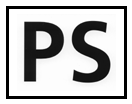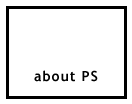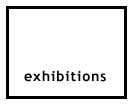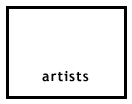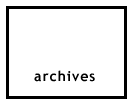Helen Smith
Night-fill
11 May - 22 June 2019
We are very pleased to announce the first solo exhibition by Helen Smith at PS projectspace.
Helen Smith’s practice is influenced by a formal, minimalist view-point with simplicity of form and geometric abstraction generally contributing to the outcome. Oil on canvas paintings, large scale wall works, collage and photography, derived from an interest in social and cultural systems form the basis for her enquiry.
In Night-fill, Smith utilises recycled packaging and packing tape as the building blocks for minimalist works that immerge from the detritus of the day.
//Paragraph of sentences for HS//
HS won’t say what the plastic components are, which means also she won’t say where they're from. She does say she uses them as palettes, because of the curved sides, which overtakes my answer-capacity, so full am I with the image of her swirling the paint and carrying it and then laying it over a surface. Nonetheless, she stresses it’s for me to guess. I’ve said that? This guessing/not guessing is happening in “the board room”. It’s because our uncovered surfaces are scarce, a reality of office life, not a condition of life itself. (Though this idea of “making room for” hovers over everything in HS’s work and that of her colleagues, her network of pool players, record collectors and jazz listeners.) Anyway, I don't know packaging much, though I’m superstitious about taking stickers off things (bikes, guitars, cars, skateboards). And then she does tell, because my groping is a vacuum and in that vacuum I venture “apple phone case”, which only increases, I fear, the suction. It’s not a “moment” and I’m neither surprised nor, well, anything else, because the question was structural. Indeed, it strikes me now that her not wanting to tell me was an intuitive defence against the miracle of the art marketing trope, that magic billboard trick where every art work must constitute its artness by performing itself as mirror to itself in a kind of endless secret/telling-of-secret loop. And because we were in a place of “art business”, the gallery I work at, such possibilities are all the more likely: HS maybe sensing the danger of false intentionality I’ve seen her and her work (with its own haptic agency) deftly avoid over the years. I guess why I’m saying this now is to “reveal” myself inevitably as a kind of marketer, a bit player in the discursive framework she aims to practically fend off. So my take on this exchange is that she floated this paradigm in her question (like some sociologically minded-psychoanalyst/talk show host) as if to allow that magic to activate itself as a presence in the potential space between us in order to chart the Imaginary distance from where I stand as representative of a certain kind of art operation to the concrete abstractionist scene (or some such term) she is a representative of. As this implication hangs between us, I press into it by wondering aloud if the broader scene of the pragmatics (is it that?) In a Kaprow sense?) she works with is/are built on various repressed narratives and fragments thereof, traces, desires, etc., though writing it down now makes it seem super basic, smug even, and one step further in my evasion of the present tense of the work. Which continues, because I did mention a mutual friend/colleague who talks almost solely in metaphors whilst ensuring that stuff has no air time in the work and its reception (which, obviously, is “part” of the work). And it occurs to me that the problem is that, personally speaking, the unsaid is always so damned tempting, if only because it betrays party lines and all that, and I also half feel that’s HS’s take on this too…in that there’s a tension inherent in the setting up of a procedure of making and practice. It’s especially evident when she mentions that her friends gave her the containers, though then, for me, it’s how many friends must she have? And as her semi-masked off, half-transparent objects lay out (but not in sequence yet, she’s wearing gloves moving them like a casino card table operator) in front of me, on the flat surface, I feel/felt lonely somehow, and wondered how artists make friends since they don't have places of work, and studios are kind of isolating (though she does share one, with JKW). Either way, this cloud of unnamed, invisible friends indicates that she is not alone in the world and that not being alone means being “on the receiving end”, of an action, actual or imagined. Which is a nice (stolen?, faintly phenomenological?) thought in that these works are relational as assemblages (not a word she uses? Though maybe, maybe she did, maybe Schwitters was mentioned) piece-by-piece, brought together, in layers, in stacks even. Stacking was a word she did use, and it was (and a surprise to me) how she had always, already referred to making “stacked paintings”. Indeed, at my work there’s one of these, one pink canvas with a stretcher over the other, a doubling, a sandwich with no filling. And I mention night-fill, the stacking of shelves in the supermarket that my local place is trying to do during shop opening hours now. This blurring out again of the present somehow relevant to the space she is maintaining for her practice….things having proper places, okay not proper but defined. They have a shelf location and an aisle location. But the commercial nature of these works, their being from that space and repurposed, stacked in a different way, is a remembering of that circuit, of economics and then friendship. Transactions of similar and different varieties, basically things passing from one source to another, with all that friction of accumulation and maybe loss. Hence the sense of loneliness becoming surprisingly relevant. These transactions then take a line (a status she tries out on a hook in the board room), at what height, at what distance between them, ultimately, I can only imagine, and do), their sequencing-out of an assembly-line feel is very real to me, but again, like another kind of secret. I cannot stop with these lines out, which is weird because when I met with HS I had been on ADHD meds for about a week and a half, and felt oddly calm and peaceful and in fact more “present” than I’d ever been in my life! I listened properly and attended to the work, gave them their space, a silence even, despite this account. I’m not sure if I seemed more awkward than usual, though I felt pretty relaxed as I made a remark about a hint of Brice Marden in the proportions of colour she was using, or (better) the very idea of overt proportionality she hooks into. I think I’d seen something (via Gagosian) about his Morocco works so it was in my mind, and she’d actually seen a show of that stuff (or from that period) in Berlin, by accident almost (something to do with trains). And what I had in mind was the slice of the rectangle halved (it was Helen’s Morocco Painting, 1980, specifically). How much beauty there is in that! This elegance, that, when all is said, there is a title, a process, a blockish gesture, that is really about a kind of measure. And other ways of stacking those elements because we see them as that (plus desire, because memory, etc.). And it’s a stackable measure that (it’s the only reason to declare all this) lays itself over HS’s works and that contains what? Paint, friendship, economics, a faith in division itself, in the fullness the divide implies and stages (in the same structural way the question and the secret holds its opposite), the sense that one can present something as itself in a way that is inviolable despite all the words, is aloof even, and that ends up being a generosity, a kind of listening in a way, to the air around our thoughts. And then, arranging it (as an ideational substance), like furniture music, in a room I have never seen, a room HS gestures the size of. Which is where we leave it, after the very briefest chat about art as carry-on luggage.
Robert Cook
Curator of 20th Century Arts, Art Gallery of Western Australia
Her works are included in the Collections of National Gallery of Australia, Daimler Collection Berlin, Artbank - National Collection, Art Gallery of Western Australia, Australian Embassy Madrid, Hebel_121 Collection and various private collections in Australia and Europe.
Image: Upcycle #2, 2019, oil on found packaging and packing tape on wall, 16.5 x 28 x 4cm
Opening 11 May 16.00 hrs - 18.00 hrs |
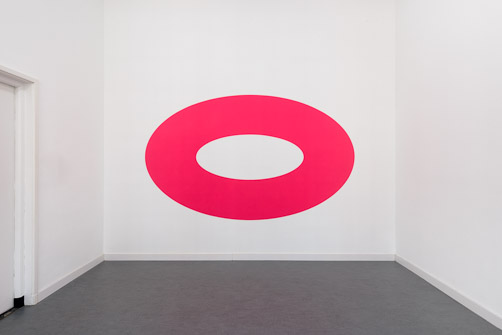
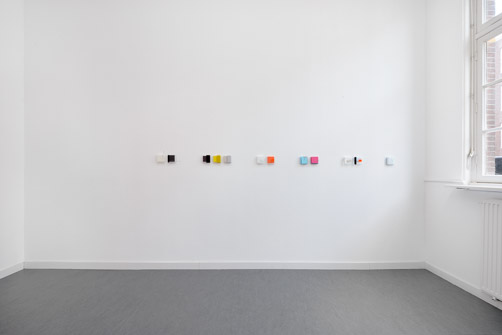
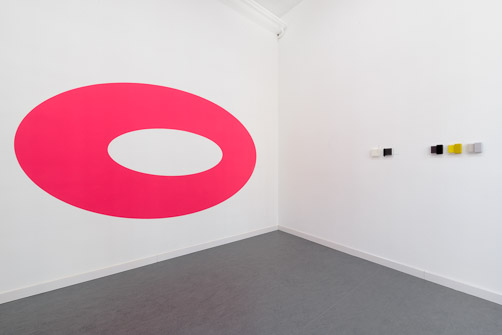
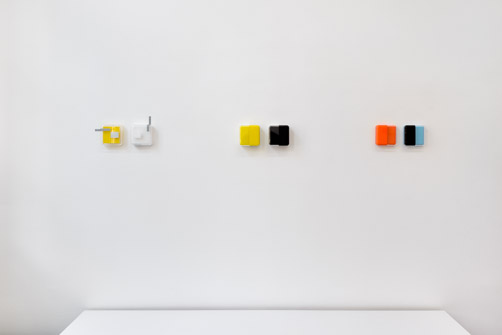
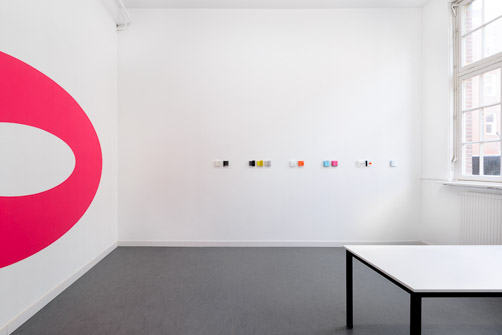
|
